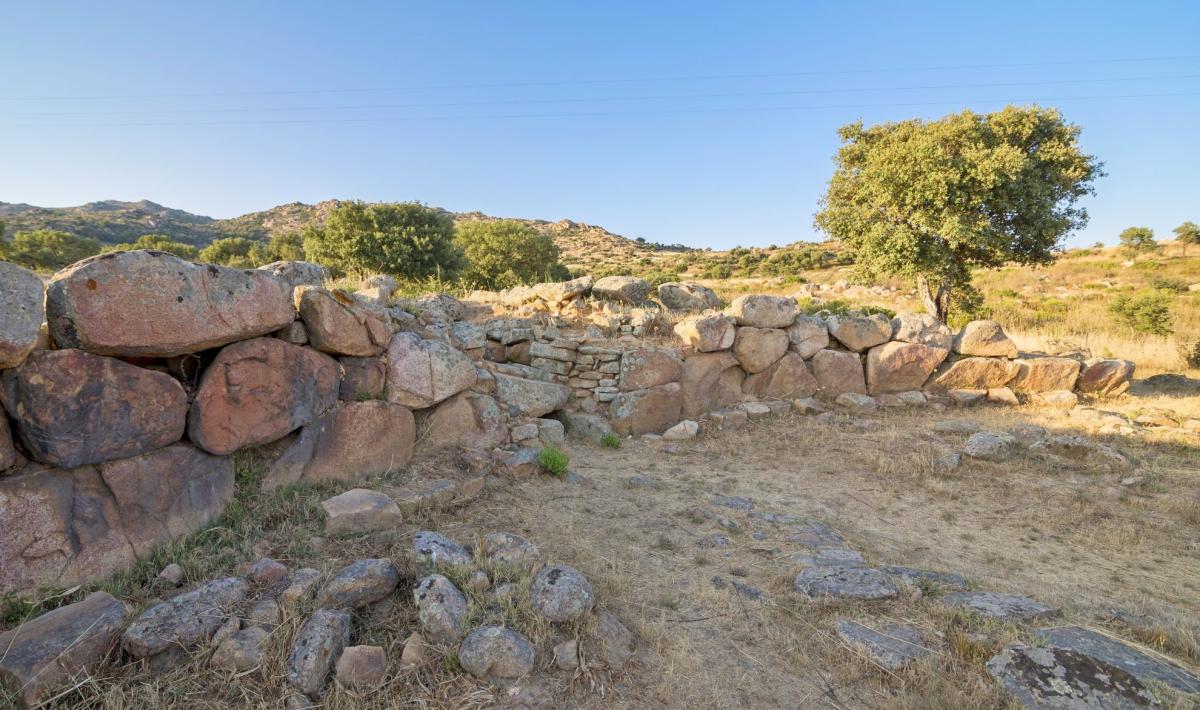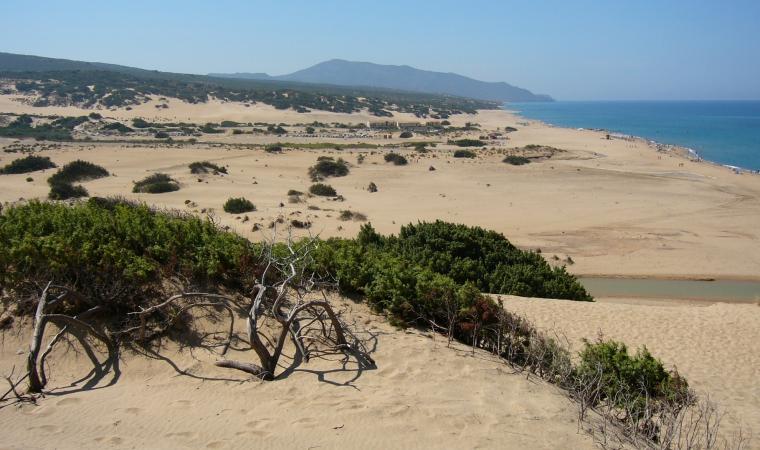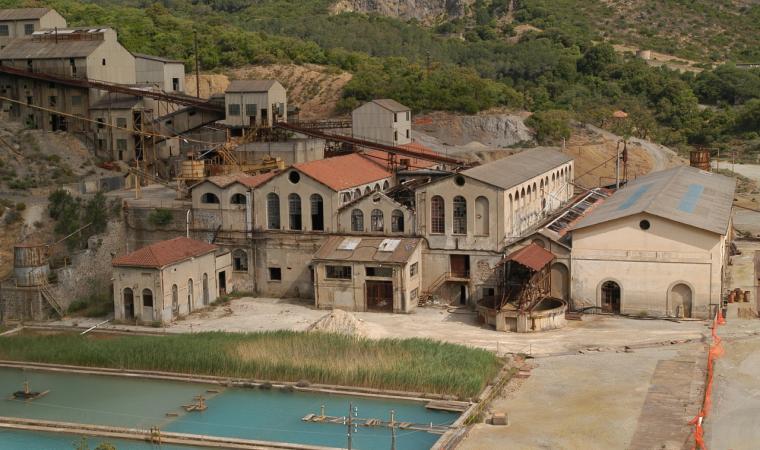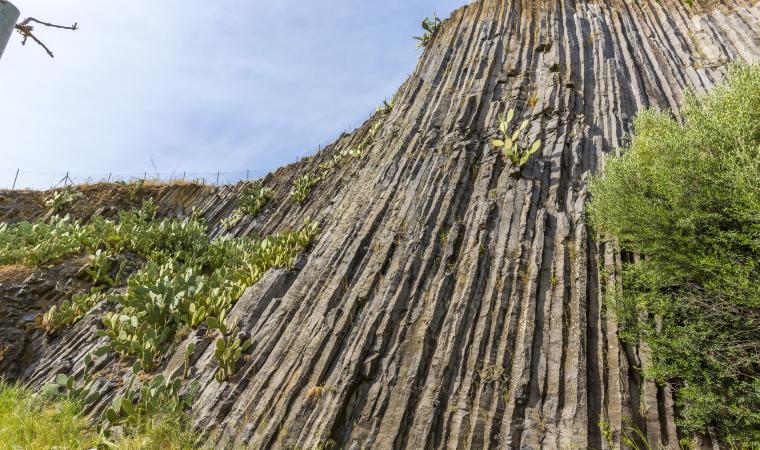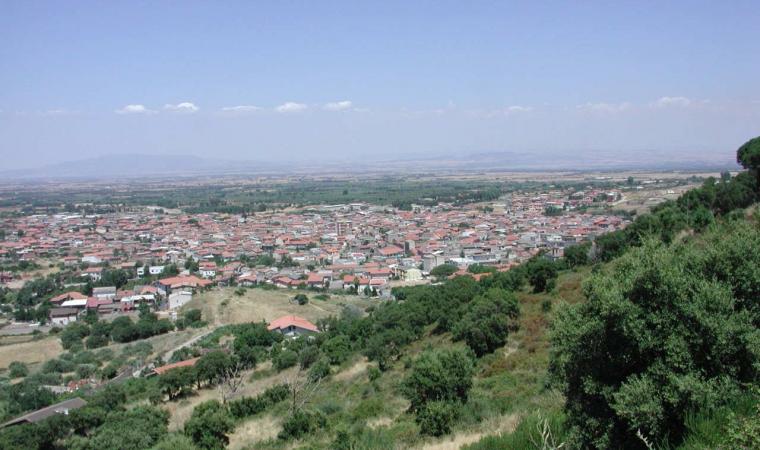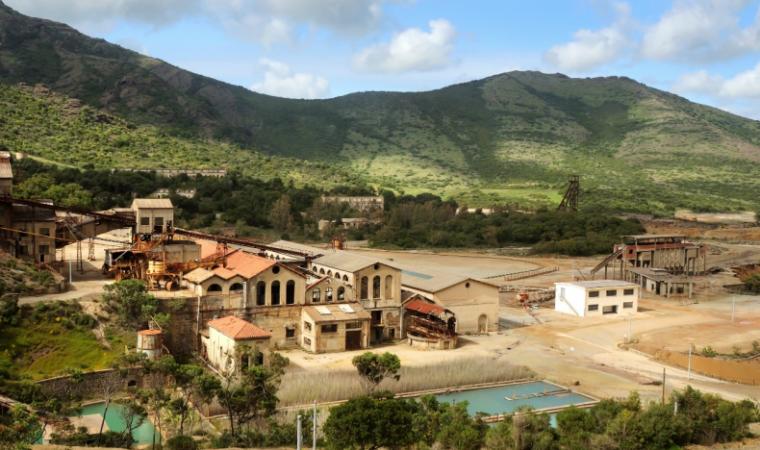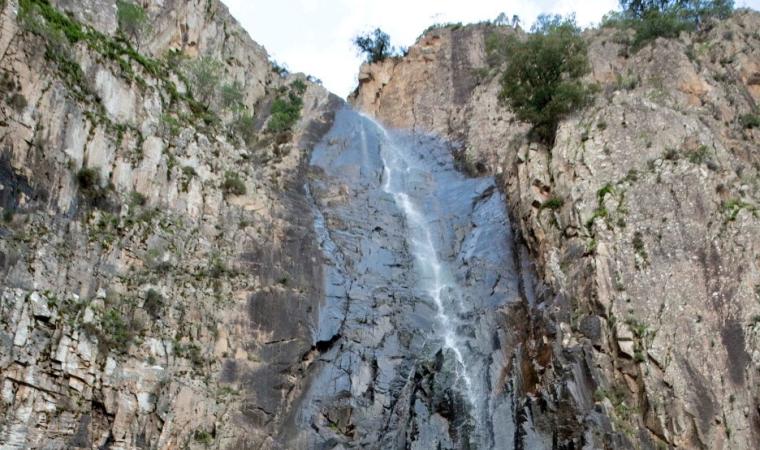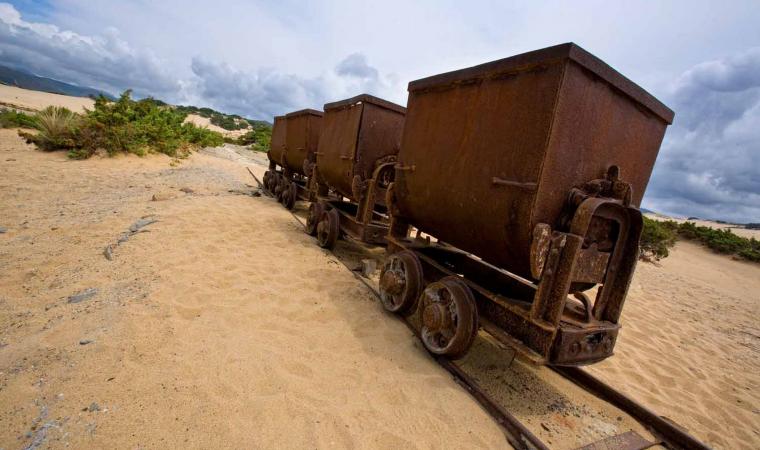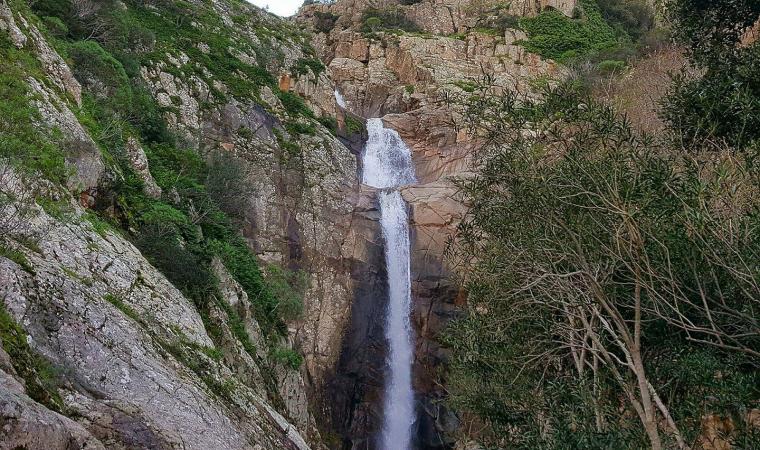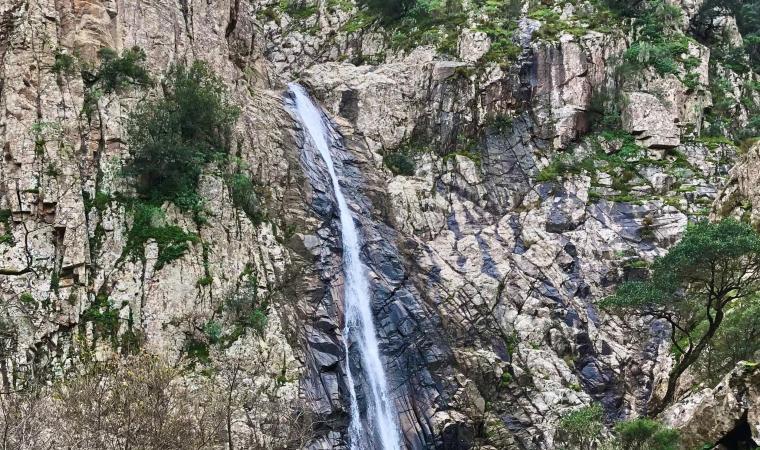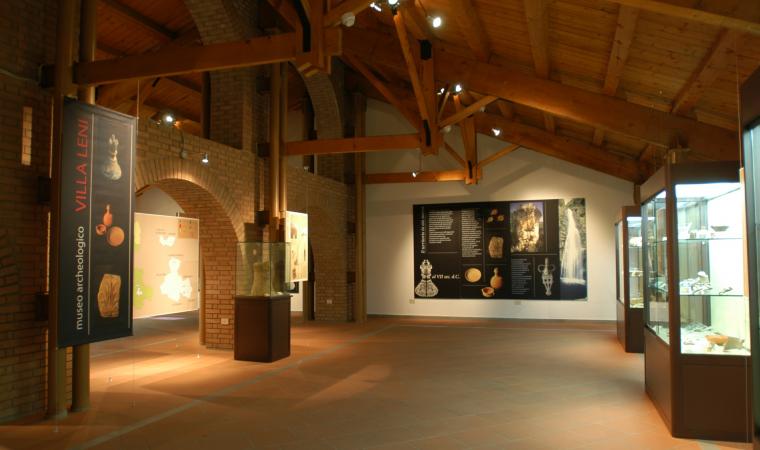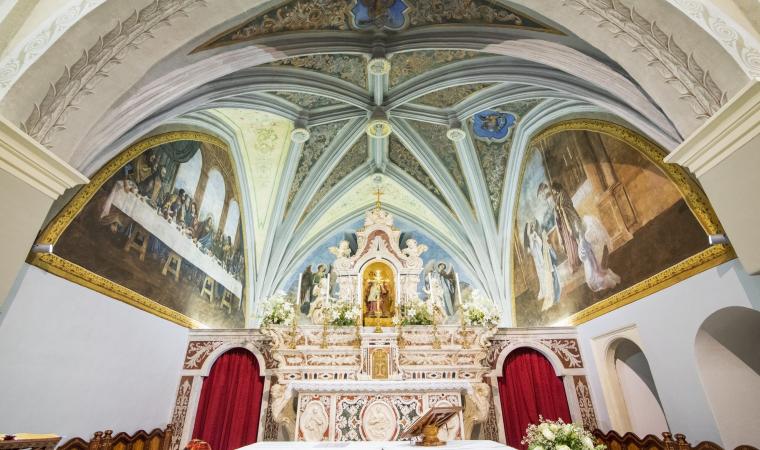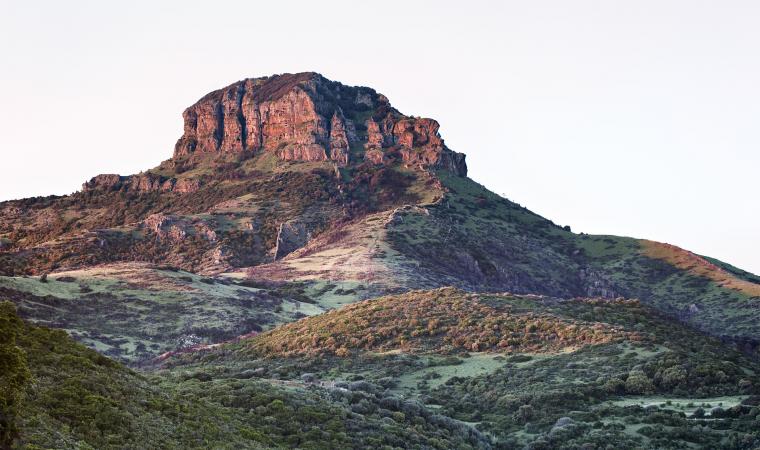It is one of the largest megalithic constructions on the Island, along with a smaller-scale ‘copy’, located not far from other Nuragic ruins - still to be investigated - and it has unearthed an artefact that may be the oldest Mycenaean import found in a Sardinian archaeological site. The Giants’ Tomb of San Cosimo is found in a valley in the territory of Gonnosfanadiga that opens like a natural amphitheatre at the foot of the Terra Maistus mount, in a landscape dominated by the outline of Monte Linas. The area contains a real archaeological park, in which there is also another smaller tomb of the same type, and two nuraghi.
Also known as sa grutta de santu Giuanni, the tomb was considered by the ‘father’ of Sardinian archaeology Giovanni Lilliu - in his work entitled ‘La Civiltà dei Sardi’ (the Sardinian Civilisation) - to be the largest Giants’ Tomb known up until that time: it is thirty metres long and its exedra is 26 metres wide. It was built from granite, obtained in the surrounding area. Based on the artefacts discovered inside and around it, the monument has been dated between the 15th and 14th centuries BC, during the Middle Bronze Age. The façade is typical of Giants’ Tombs in central-southern Sardinia, based on rows and an architraved entrance without a stele. Along the external perimeter you will see some stones against the base, forming a step. This solution served two purposes: to make the structure more solid and to prevent rainwater from seeping in. A small corridor leads to the actual chamber, with a rectangular layout and a truncated-ogival section. The original floor, which has only survived in a few places, consisted of a surface of smooth stones of different sizes and pebbles, placed on a natural bank of granite rock. Among the artefacts unearthed during the excavations – on display at the Archaeological Museum of Villa Abbas in Sardara – you can admire carinated cups, a glass, a few containers and above all beads made of green vitreous paste, which have been considered a Mycenaean product and, therefore, the necklace they were part of could be the oldest jewel found in Sardinia coming from Greece. Three concentric fences surround the tomb. The largest one extends towards the north-west. In the same direction, about seventy metres away, you will notice the second tomb. The same type of construction was used to created it, but it is decidedly smaller in size: the chamber is just under three metres long and the exedra is four meters wide.
A short distance from the necropolis, you’ll find the nuraghe San Cosimo, also known as su Bruncu ‘e s’Orcu, and San Cosimo II, probably single-towered, both still to be excavated. The site of the first nuraghe corresponds to the territory of the medieval village of Serru, which did not survive an attack inflicted by Saracen pirates in the early 17th century. The only traces of the village that still exist are the ruins of the small church, also dedicated to San Cosimo, giving a name to the locality, the tomb and the nuraghe.

